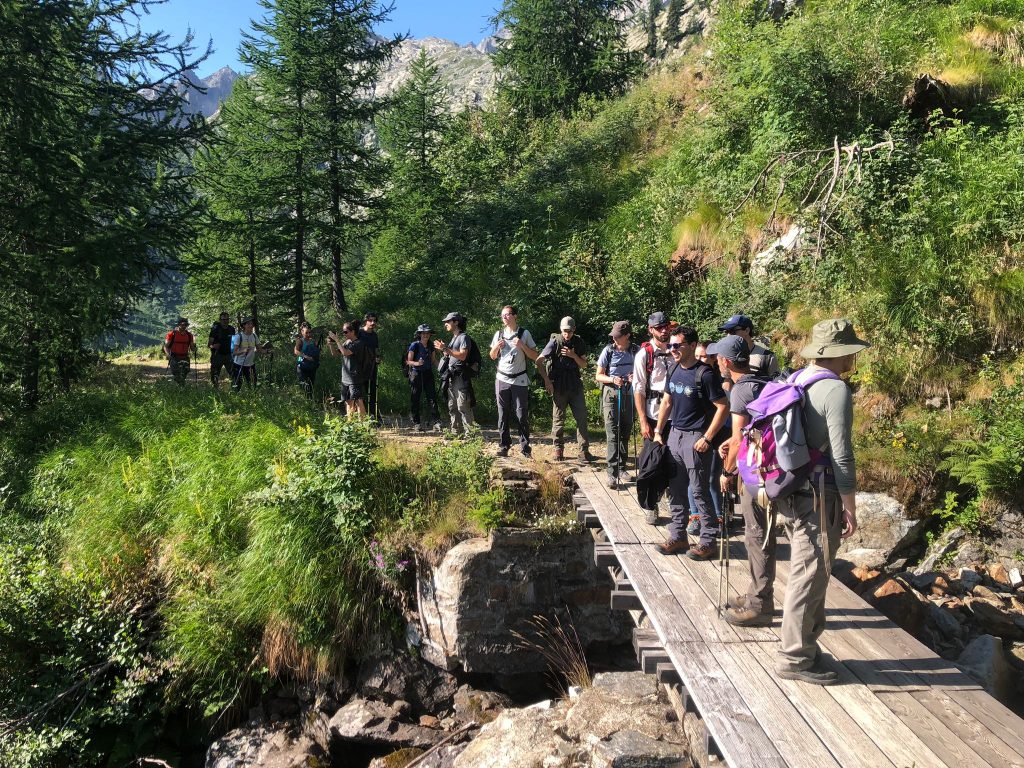The CRYPTERS project has taken researchers to some of the most extreme environments in the Alps — from high mountain peaks to deep caves — in order to study unique and little-known species such as Troglohyphantes, a small cave spider that has become a symbol of Alpine biodiversity.
What the CRYPTERS project is?
Since its launch in March 2024 with support from the TETTRIs cascade funding, the CRYPTERS project aims to uncover the hidden diversity of Alpine spiders, particularly focusing on Vesubia jugorum, a wolf spider that inhabits Europe’s most extreme environments. With this goal in mind, and thanks to over €58,000 in funding, the project is investigating how these spiders, found in the rocky highlands of the Mercantour-Alpi Marittime Natural Park, are responding to climate change.
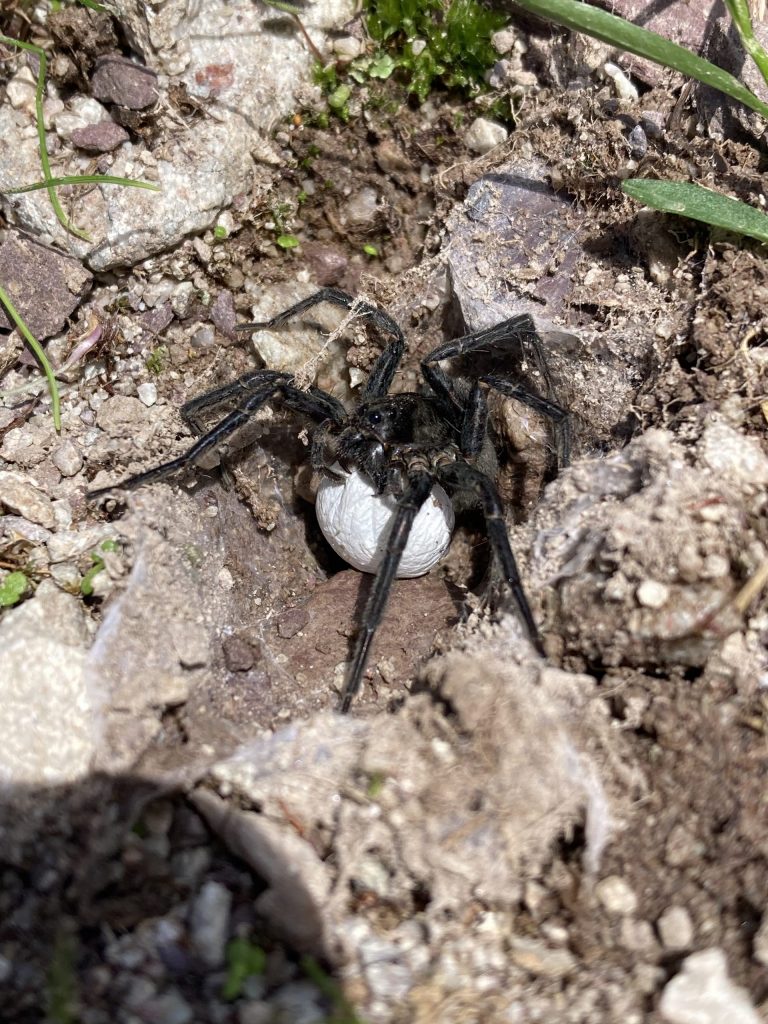
Through an innovative approach combining genetics, predictive modeling, and conservation, the team has successfully connected science with real-world action, generating knowledge that can guide protection strategies in the face of climate change.
Marco Isaia, project leader, shares:
“Leading the CRYPTERs project has been an incredible journey. Working in extreme alpine environments has allowed us to uncover the unique genetics of these species while bridging science and conservation through predictive models that inform real-world protection. I’m proud of mentoring and collaborating across generations, combining established expertise with fresh perspectives from young researchers. Most of all, I’m proud that we’ve turned a little-known endangered spider into a symbol of Alpine biodiversity, showing how even the most cryptic species can inspire climate action.”
Marco Tolve, early-career researcher, adds:
“One of the most exciting aspects of being part of the CRYPTERs project has been the opportunity to collaborate with passionate and skilled people on something truly innovative. I also had the chance to explore genetics for the first time, learning new skills that will be valuable for the future, while expanding my field experience through numerous sampling sessions.”
CRYPTERs project highlights
Lab bench for performing genetic analysis at RBINS
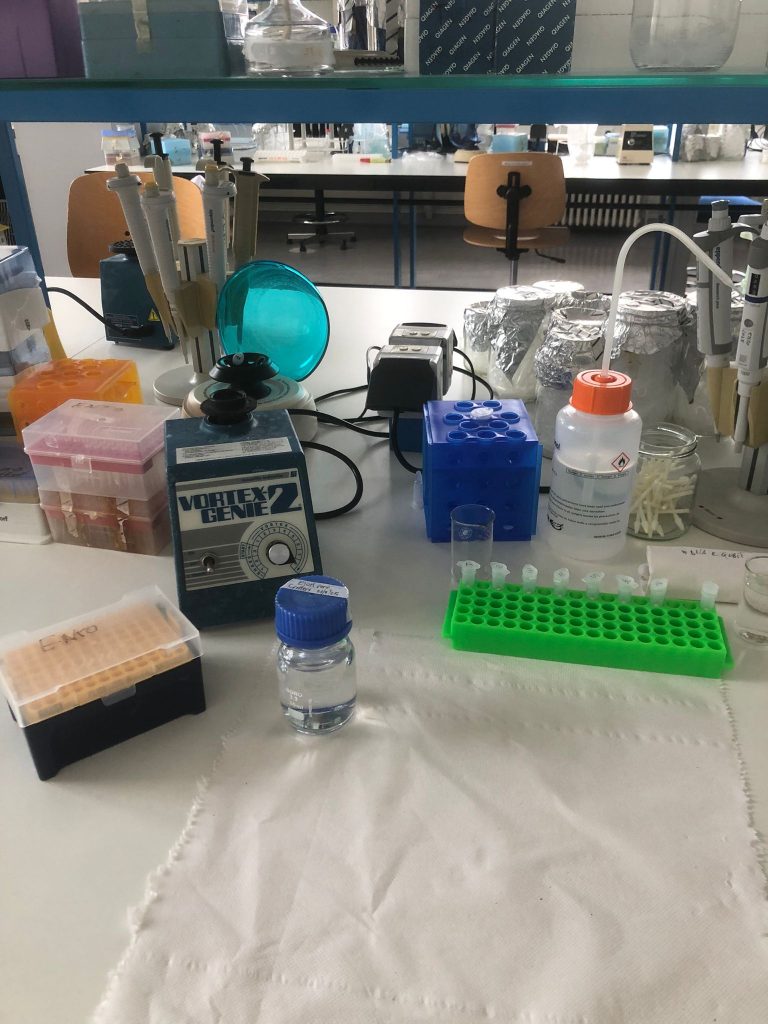
Marco Isaia during field work for collecting Troglohyphantes spiders
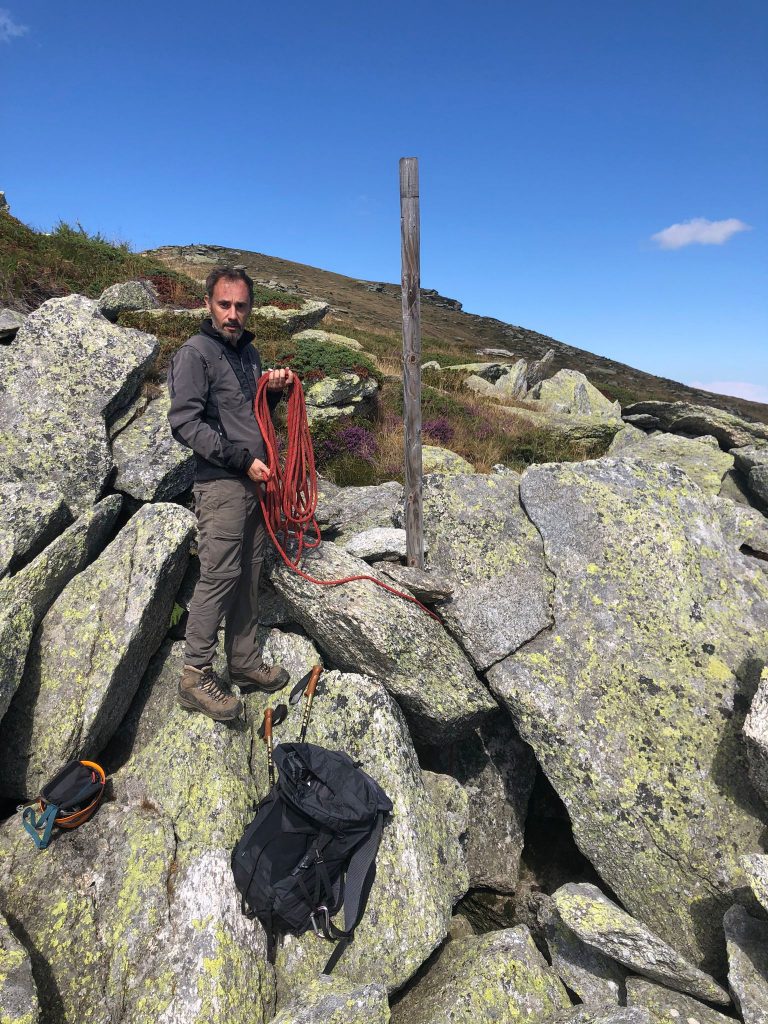
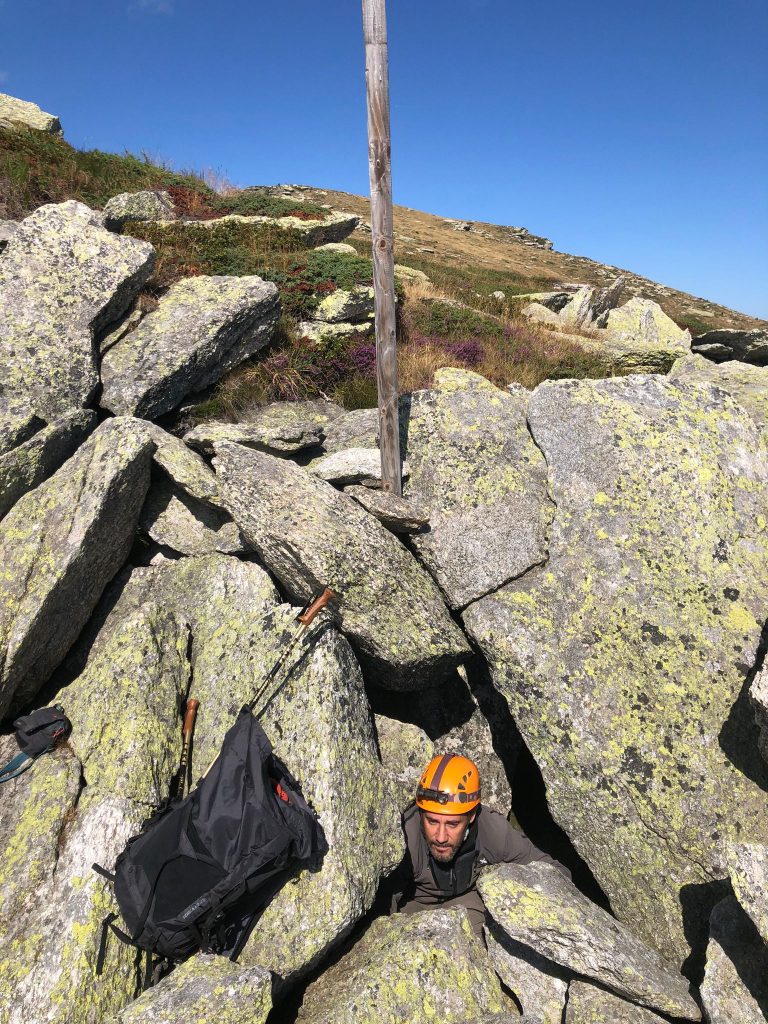
Panoramic view of Western Alps where Troglohyphantes can be found
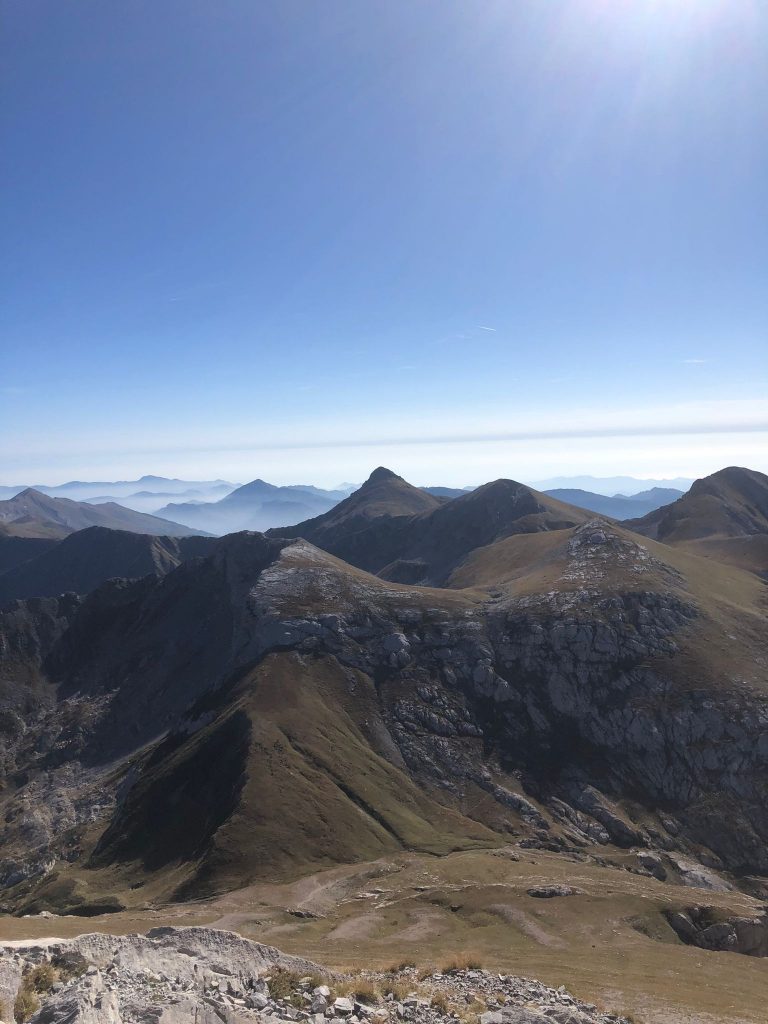
Sampling site of Troglohyphant
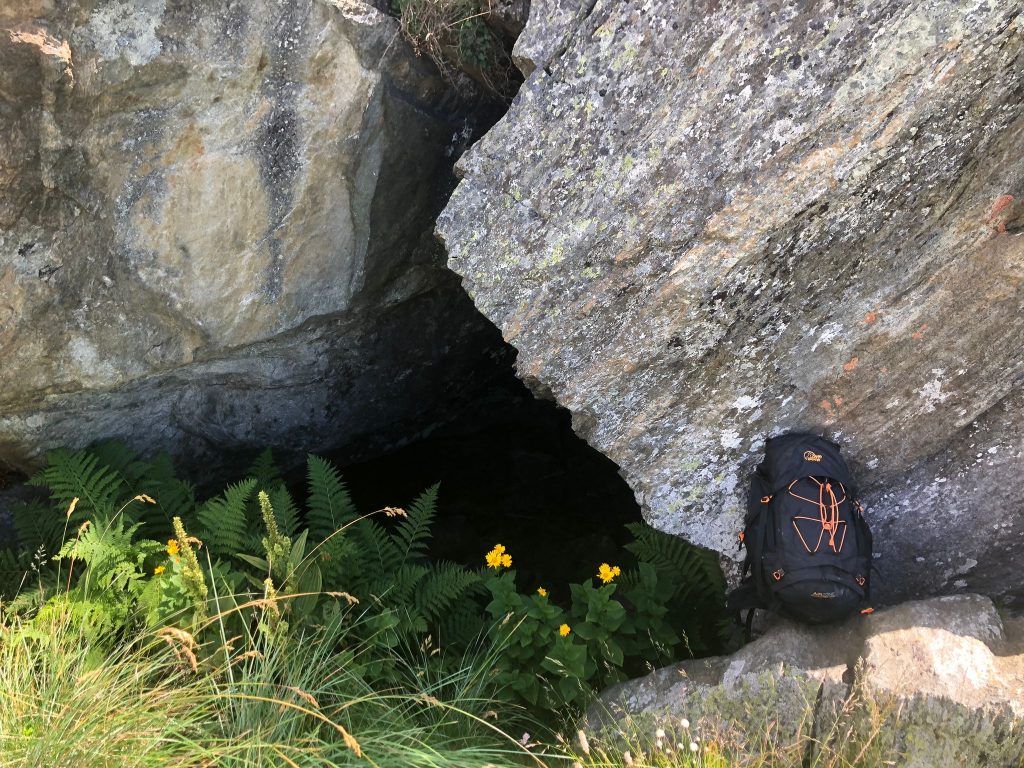
Students involved in the summer school
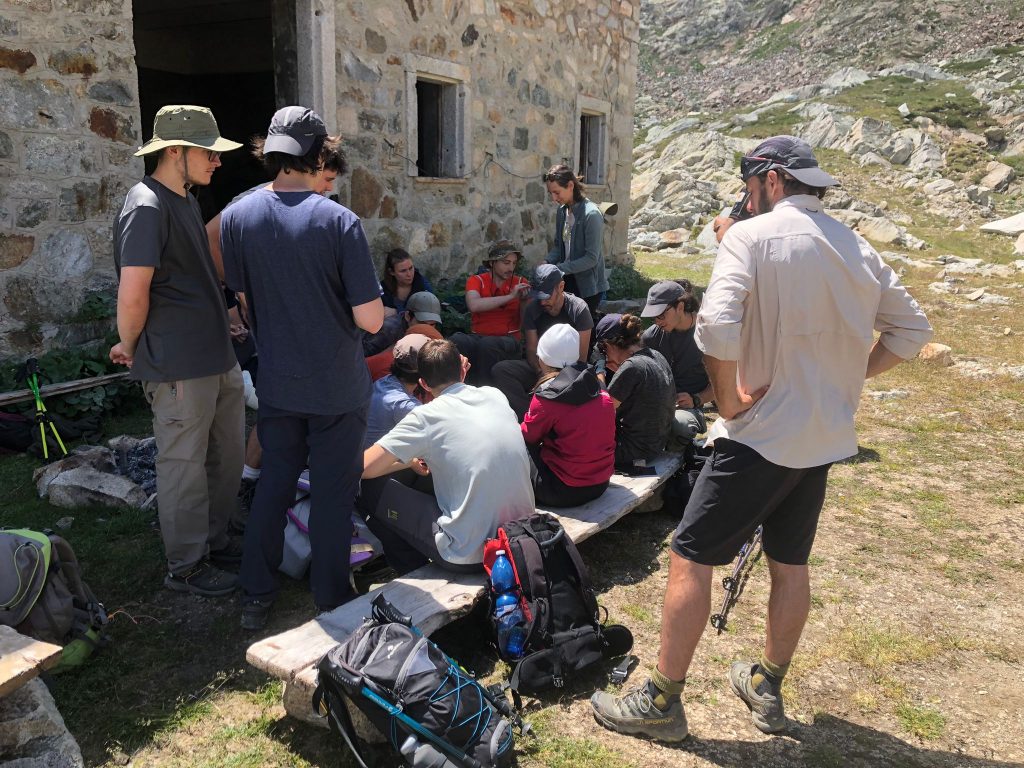
Students involved in the summer school
